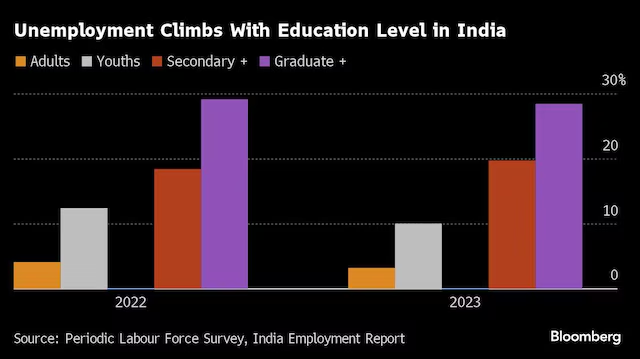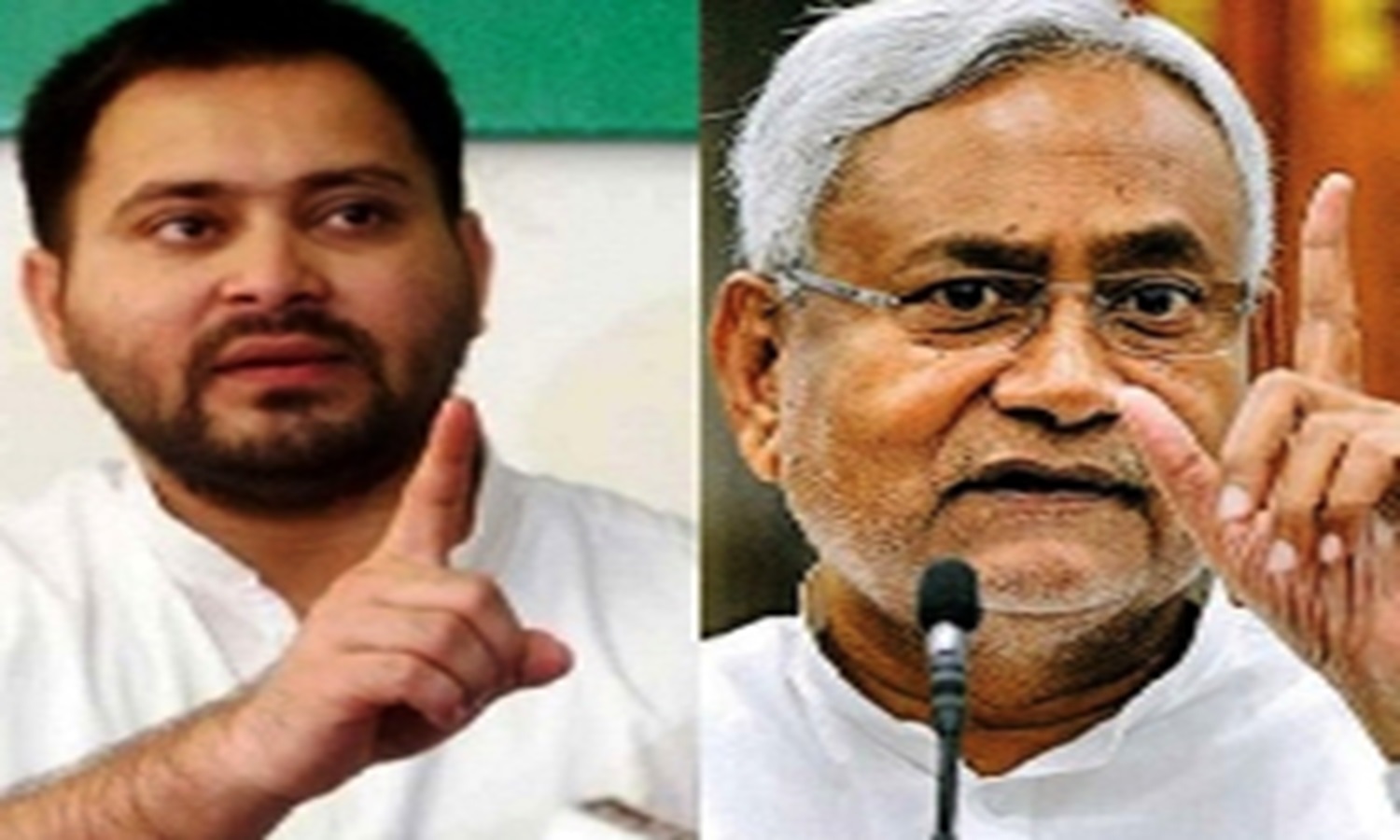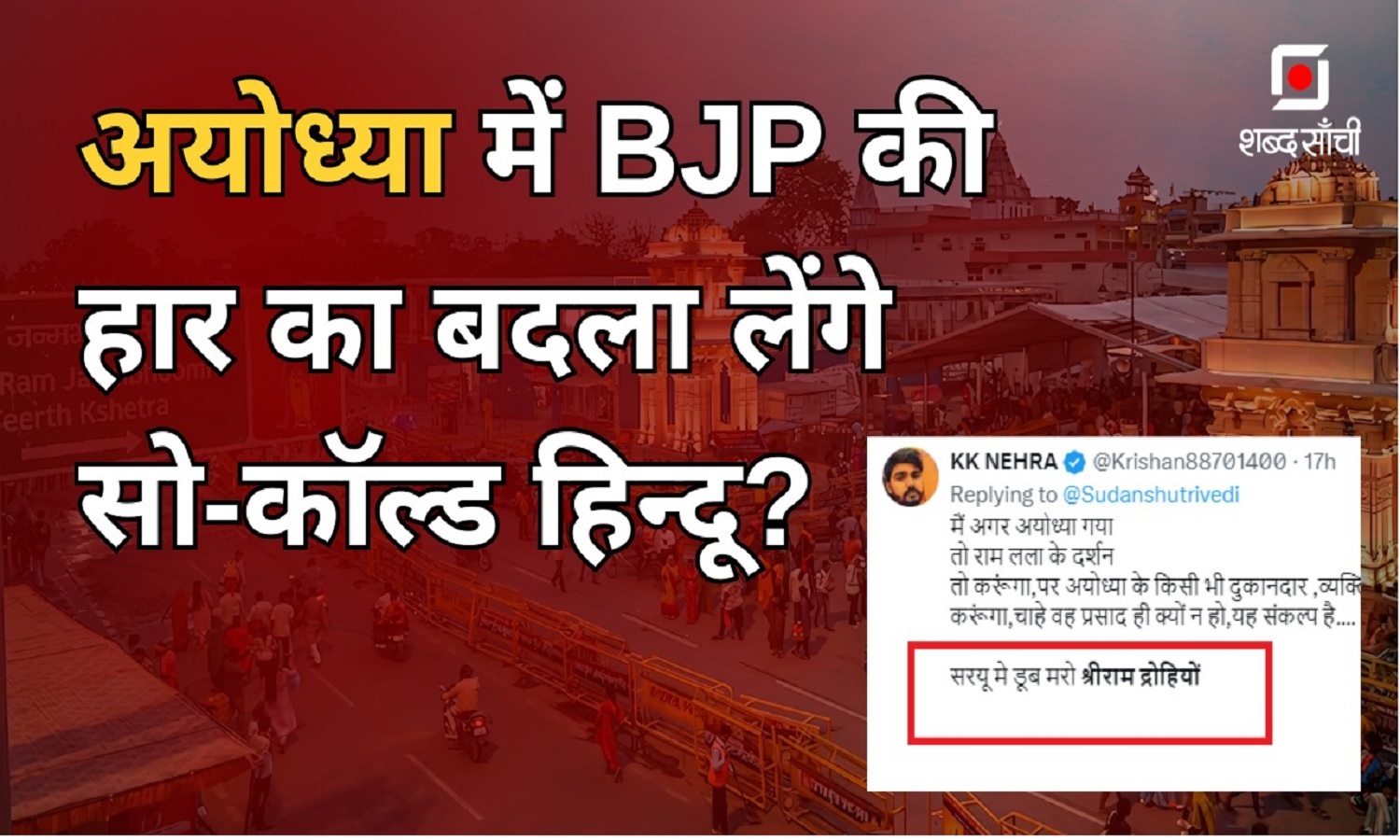The following blog deals with criticism from a Union Labour Ministry Official of the report extracted by the International Labour Organization for the decline of the employment rate in India among the youth. The official criticises the data produced by ILO as inaccurate and demands a proper assessment through various other sources. In this blog, we’ll also glimpse the employment report 2024 produced by the Indian Labour Organization.
ILO’s Report 2024
The ILO report was produced by the Indian Labour Organization (ILO) along with the Institute of Human Development (IHD), where an analysis was done on the increasing unemployment rate in the country.
As per the report, the youth contribute to 83% of unemployment in India, which means if 100 people are unemployed, 83 people among them are youths. The report also highlights an increase in the unemployment rate among secondary and higher-educated youths, which has doubled from 35.2% to 65.7% between 2000 and 2022.
Criticism
A senior government official has criticised the data by saying that the data used differs from the data used in the country. The official said, “We will take up the matter with ILO”.
The official also added and highlighted the changing concept of employment in our country, where entrepreneurship on the one hand and formal employment is achieving speed through various subscriptions in the Employees Provident Fund Organization and Employees State Insurance Corporation.
The Union Labour Ministry earlier doubted the reports produced by private agencies like the Centre For Monitoring Indian Economy, which insisted that the periodic labour force surveys had a better result.
The Minister of State for Labour, Shobha Karandlaje, said in the Lok Sabha on the 29th of July that there is a declining trend for the unemployment rate for youth in the country, and she continued, “Employment generation coupled with improving employability is the priority of the government. Accordingly, the government of India has taken various steps to generate employment in the country.”
The ministry also set up a comprehensive data model on employment and unemployment. In the presence of 20 secretaries of various ministers on the proposed mechanism, Mansukh Mandaviya said, “There is no need to create linkages among different employment data sources, assimilating and integrating them to develop a system that captures a holistic picture of employment generation in the country.”
Conclusion
To conclude, the blog sheds light on the Indian Labor Organization’s report of 2024 and the criticism by the Union Labour Minister, highlighting the challenges involved in the increased unemployment rate in India. A concerning trend also emerges and emphasises the need for a complete and suitable approach to calculating the employment data.
We can also see the dynamic nature of unemployment in India, where the classic metrics for the job cannot calculate the rise of entrepreneurship and informal employment in the country. Extracting reliable data will lead to the country’s overall economic development by shaping the initiatives raised by the nation’s youth.




